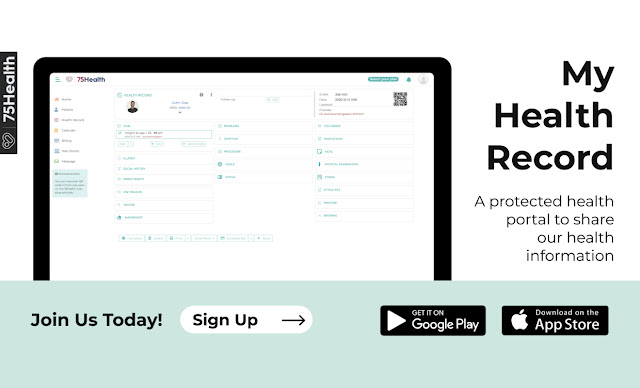Assess Blood Donor Suitability In My Health Records
My Health Records
helps every blood donation to be more effective by tracking the right transfusion
need. It records the patient's recent blood donation, its process, and testing
results, and finally how blood is distributed for transfusion. Blood donation is
a complicated and highly regulated process by monitoring then need and increases
the traceability speed.
The Demand Is High
Every day patients who enter
hospitals need some kind of blood transfusion. The advanced medical procedures replace
blood suffering for cancer, blood lost patient in some severe accidents and surgery
procedures.
Approximately, 30,000
pints of blood products like red cells, platelets, or plasma are required to transfer
every day. More Americans would live happily if they get a reliable and steady
supply of blood.
My Health Records Acts As Supply Lines
Required blood products
are requested to power blood networks. In general, each blood unit travels
thousands of miles to treat different patients. Exactly knowing where products
are supplied and delivered is important but blood supply is accountable. Sometimes,
it can be used for illegal business. For this reason, blood products are highly
regulated and tracked.
My
Health Records makes the blood bank supply as
effective as possible, and all supply chain are made transparent and gives
bigger benefits for donors. It builds patient trust as it works closely with government
regulations and records are maintained for future medical purposes.
Blood donation works strictly
by maintaining the transportation temperature till the required destination. But
in general, it loses visibility and leads to many untraceable usages. Complete product
path to the patient is visible in real-time. The software protects the data security
of private information.
The patient portal
alerts the patient eligibility for the next donation. Patients are eligible to donate
after eight weeks from their previous donation. Proper time interval is
required to make a patient’s body replenish its red blood cells. The donation removes
iron from the body and reduces the iron stores' level.
Healthcare organization
checks the frequency and iron deficiency level to keep patient healthy. This
creates a strategy of including iron-rich foods to replenish iron and multivitamin
supplements are prescribed to give them sufficient vitamins and minerals.
January of every year from
December 1969 is considered National Blood Donor
Month. Blood transports oxygen, nutrients, and other substances
to another body. EMR Software in blood banks has important screening measures to
maximize safety for the donor and the recipient. Donated details are sent to
respective My Health Records.




Comments
Post a Comment